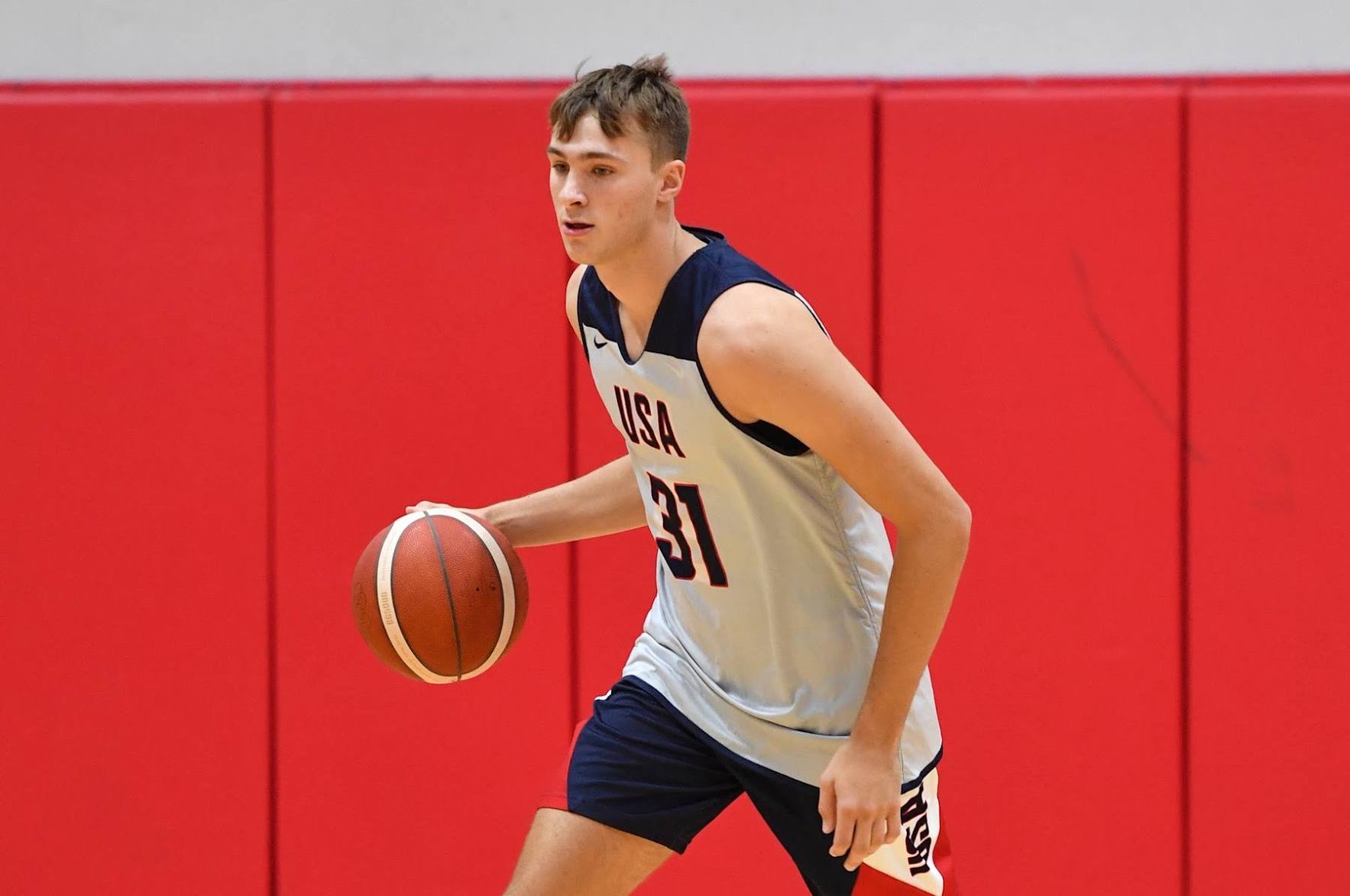In a bold and unexpected move, Cooper Flagg, the Duke Blue Devils’ rising basketball star, has secured a lucrative endorsement deal with New Balance, reportedly worth thousands of dollars. While this is a significant milestone in the young athlete’s career, it raises critical questions about the commercialization of young athletes and whether the hype surrounding Flagg is justified or dangerously premature.
The Flagg Phenomenon: Hype or Reality?
At just 18 years old, Flagg has already become a household name among basketball enthusiasts. His on-court performances have been nothing short of spectacular, drawing comparisons to some of the NBA’s greatest players. Scouts and analysts are already pegging him as the top prospect for the upcoming NBA Draft, a status that brings immense pressure and scrutiny. But is Flagg truly ready for the professional stage, or is he just the latest product of an overzealous sports media complex eager to crown the “next big thing”?
Critics argue that Flagg’s meteoric rise is a symptom of a deeper issue within the world of sports: the rush to capitalize on young talent before it has fully matured. With college athletes now able to profit from their name, image, and likeness (NIL), the line between amateur and professional sports has blurred, creating a gold rush for brands looking to associate themselves with the next generation of stars. New Balance’s deal with Flagg is a prime example of this trend.
The Commercialization of Youth
Flagg’s New Balance contract is undoubtedly a significant financial boon for the young athlete, but it also comes with a host of potential pitfalls. The pressure to perform at a professional level while still in college could stifle Flagg’s development both as a player and as an individual. Moreover, the financial incentives tied to his performance could lead to burnout, injury, or worse—an unfulfilled promise.
Some industry experts have voiced concerns that the increasing commercialization of young athletes like Flagg could have long-term consequences for their mental and physical well-being. With endorsements, media appearances, and public expectations all vying for their attention, these young stars risk losing the very passion for the game that made them great in the first place.
Is the NBA Ready for Cooper Flagg?
As the debate over Flagg’s NBA readiness intensifies, it’s important to remember that the jump from college basketball to the NBA is one of the most challenging transitions in sports. While Flagg has shown immense potential, the physical and mental demands of professional basketball are a different beast altogether. Many top prospects have struggled to adapt, and the weight of expectations can often be too much for even the most talented players.
The New Balance deal, while a testament to Flagg’s marketability, also adds another layer of pressure. Fans, coaches, and teammates will expect Flagg to deliver on his potential immediately, but is it fair to place such expectations on someone so young? And more importantly, is it ethical for brands to exploit this potential for profit before it has been fully realized?
Conclusion: The Double-Edged Sword of Success
Cooper Flagg’s story is a microcosm of the broader issues facing young athletes in today’s hyper-commercialized sports landscape. While his talent is undeniable, the rush to capitalize on his potential could have unintended consequences for his future. As Flagg prepares to enter the NBA Draft as a top prospect, the question remains: is he truly ready for the spotlight, or is he just the latest victim of an industry that values profit over player development?
Only time will tell whether Cooper Flagg will live up to the hype, but one thing is certain—the stakes have never been higher for a young athlete stepping into the professional arena.
